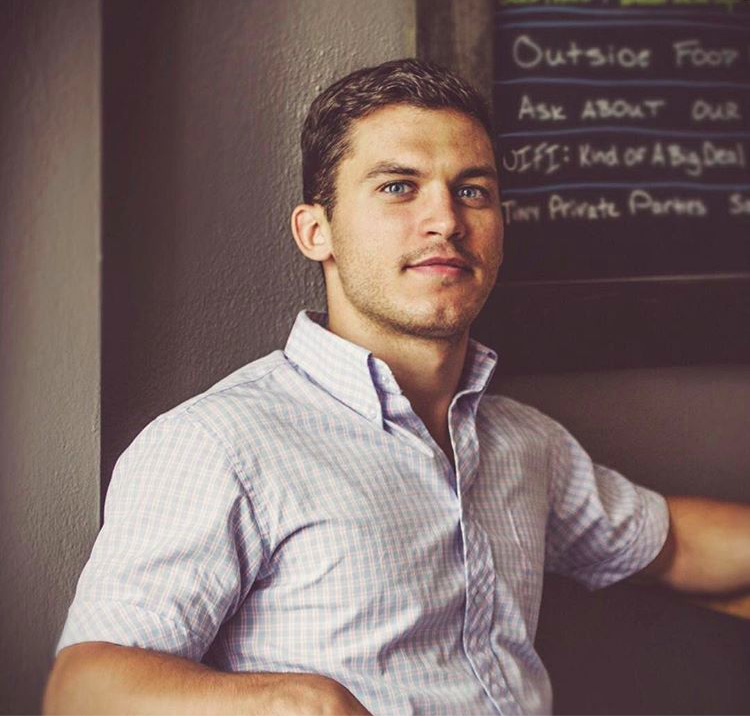The Right Training Partner Can Make or Break an Athlete: Here’s How Elite Athletes Choose Them
Happy New Year and welcome to our first Guest Post of 2019! Dominic Vaiana is a talented writer who devotes his efforts to examining strategy and discipline in a variety of milieus. He ran track at Xavier University, so, while not a tennis player himself, he understands the commitment it takes to become an elite athlete. A big thank you to my son for putting us in contact!
Many athletes live in a world of extremes: some are pushed to the brink of exhaustion every day by merciless coaches while others lack discipline and happily accept participation trophies. Either way, the end results are the same: wasted talent, complacency, and fractured egos.
We often don’t assess the damage that’s been done until it’s too late, so how can athletes proactively maintain a balance: to push themselves, but not to the point of burnout?
The antidote lies in a strategy developed by mixed martial arts legend Frank Shamrock: the “Plus, Minus, Equal System.”
After decades of fighting and coaching, Shamrock discovered that all athletes need three types of people to train with in order to maximize their potential: someone better whom they can learn from, someone lesser whom they can teach, and someone equally skilled whom they can challenge.
As Ryan Holiday points out in his book Ego is the Enemy, this system purges out three toxic character traits: the ego that puffs us up, the fear that makes us doubt ourselves, and the laziness that makes us want to coast.
Here’s a deep dive into each of the system’s three components and how they work in unison to keep athletes sharp.
Plus: The Person to Learn from
“Take your check back. He’s here for free.”
That’s what Nick Bollettieri told Andre Agassi’s father after watching Andre play for thirty minutes at Bollettieri’s exclusive tennis academy. Agassi would eventually drop out of school in the ninth grade to pursue tennis full time. One year later, he held a winner’s check for $90,000.
How easy would it have been for a prodigy like Agassi to settle for money and allow his skills to grow dull? If you’ve read his autobiography, Open, you know that this was almost his fate. Fortunately, he got the push he needed before it was too late.
Agassi’s training incorporated two hours of on-court practice every day with Brad Gilbert, a brash, former number-four-ranked pro and Olympic medalist. It was in these sessions that Agassi experienced the resistance he needed to transcend his natural talent and become the number one player in the world.
It doesn’t matter if you’re a novice or a world champion with a nine-figure net worth—athletes need mentors to keep them humble and point out weaknesses that would otherwise be glossed over.
As the Greek philosopher Epictetus said, “It is impossible to learn that which one thinks they already know.”
Minus: The Person to Teach
Staying on one side of the learning dynamic—that is, the student side—can cause athletes to stagnate. Constantly obeying orders and getting kicked around in practice takes a toll. This is where the Minus component (also known as the protégé effect) comes in.
Researchers have found that students who tutor other students are able to recall information more accurately and apply it more effectively. The same principle applies to sports: temporarily assuming the role of coach allows an athlete to see their game through a new lens, shedding light on their weak spots and sparking new ideas.
“While we teach, we learn,” said the Roman philosopher Seneca.
Equal: The Person to Challenge
In a famous 1968 study at the University of California-Berkeley, subjects performed a high-intensity bike ride to exhaustion on two occasions: alone and in a head-to-head competition against a subject with a similar fitness level. On average, the subjects lasted 20 percent longer at the same intensity when competing than when trying as hard as they could alone.
No matter the sport, competition allows athletes to tap into new levels of physical performance. But competition shouldn’t be reserved for high stakes events—rather, it should be incorporated into everyday training.
Take the Williams sisters (Venus and Serena) for example: they’ve competed against each other practically since birth, and that lifelong rivalry has equipped them both for those inevitable do-or-die situations when a match is on the line.
As the adage goes, “iron sharpens iron.”
Tying it All Together
On their own, each of the three components in the Plus, Minus, Equal system is useful, but inadequate. Imagine studying under a guru but never testing your skills against an opponent; or going head-to-head with a training partner every day without having a mentor to elevate your game to the next level.
By integrating all three components into a training plan, however, athletes maximize their potential. Their submission to a superior tames their ego; sparring with a rival keeps them sharp; and reciprocating what they’ve learned opens them up to a new perspective—thus turning them into a student once again and bringing the process full circle.

Dominic Vaiana is a writer and marketer based in St. Louis, Missouri. His monthly newsletter includes key takeaways from prominent books along with his latest articles. Feel free to contact him via email at [email protected].













Comments are currently disabled for this post